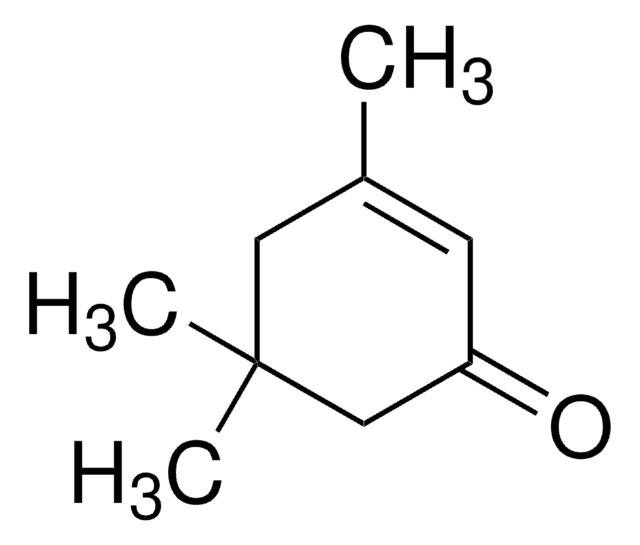Z193291
Plaques CCM Sigma-Aldrich
silica gel matrix, L × W 20 cm × 20 cm
About This Item
Produits recommandés
Matériaux
aluminum support
silica gel matrix
Caractéristiques
binder Polymeric
fluorescent indicator
Conditionnement
pkg of 25 ea
Fabricant/nom de marque
Sigma-Aldrich
Technique(s)
thin layer chromatography (TLC): suitable
L × l
20 cm × 20 cm
Épaisseur de la couche
200 μm
Taille des particules
25 μm
Vous recherchez des produits similaires ? Visite Guide de comparaison des produits
Description générale
- Silica gel-pour les séparations faiblement polaires à très polaires, porosité 60 A
- Silica gel de haute pureté-lavé à l′acide pour la séparation des aflatoxines
- Cellulose-pour la chromatographie de partition(Cellulose SigmaCell Type 100)
- Cellulose PEI-pour la séparation des anions faibles(amino-acides, peptides. Les plaques PEI sont susceptibles de virer un jaune pale, ce qui affecte les séparations. Les plaques pré-développées dans l′eau distillée minimisent l′apparition de la couleur jaune.
- Silice chirale-pour la séparation des isomères optiquement actifs par échange de ligand, porosité 60 A
Application
- Eco-friendly oil-water separation using bio-Zn oxide-based superhydrophobic membrane: Discusses the development of an environmentally friendly method for oil-water separation using zinc oxide, showcasing its application in water treatment technologies and highlighting its sustainable aspects (Beagan et al., 2024).
- Enhancement of lettuce growth and reduction of chromium uptake: Studies the combined application of zinc oxide and iron nanoparticles to improve plant growth and reduce heavy metal uptake in contaminated soils, emphasizing its significance in environmental and agricultural sciences (Sameer et al., 2024).
- Surface modification of metal oxides for nanoparticle stability and toxicity reduction: Investigates the effects of surface modifications of zinc oxide on the stability and potential toxicity of nanoparticles, providing insights into safer nanoparticle applications in biotechnology and materials science (Monem et al., 2024).
- Development of advanced materials for gas sensing: Examines the application of defect engineering in zinc oxide nanorods to enhance methane gas sensing capabilities, demonstrating the material′s potential in developing sophisticated sensors for environmental monitoring (Li et al., 2024).
Informations légales
Faites votre choix parmi les versions les plus récentes :
Certificats d'analyse (COA)
Désolés, nous n'avons pas de COA pour ce produit disponible en ligne pour le moment.
Si vous avez besoin d'assistance, veuillez contacter Service Clients
Déjà en possession de ce produit ?
Retrouvez la documentation relative aux produits que vous avez récemment achetés dans la Bibliothèque de documents.
Notre équipe de scientifiques dispose d'une expérience dans tous les secteurs de la recherche, notamment en sciences de la vie, science des matériaux, synthèse chimique, chromatographie, analyse et dans de nombreux autres domaines..
Contacter notre Service technique






